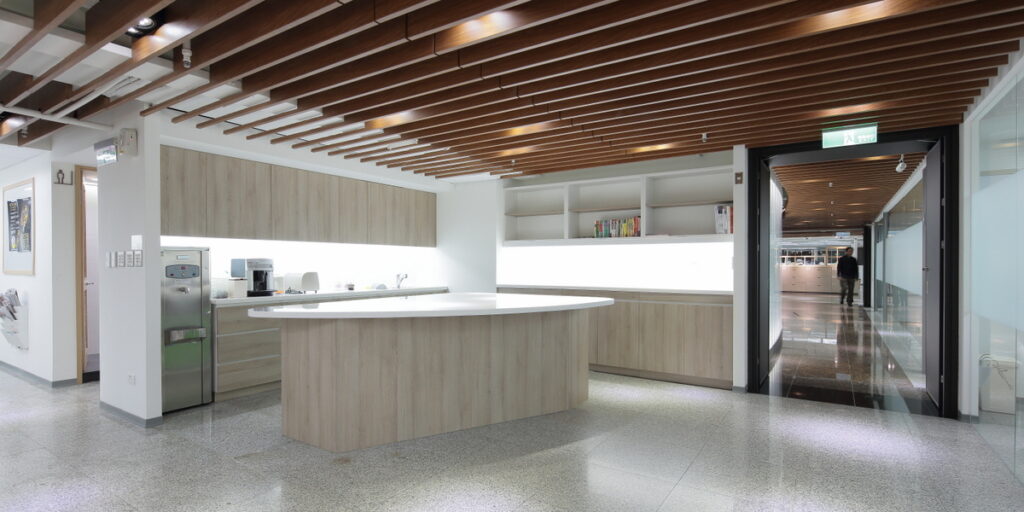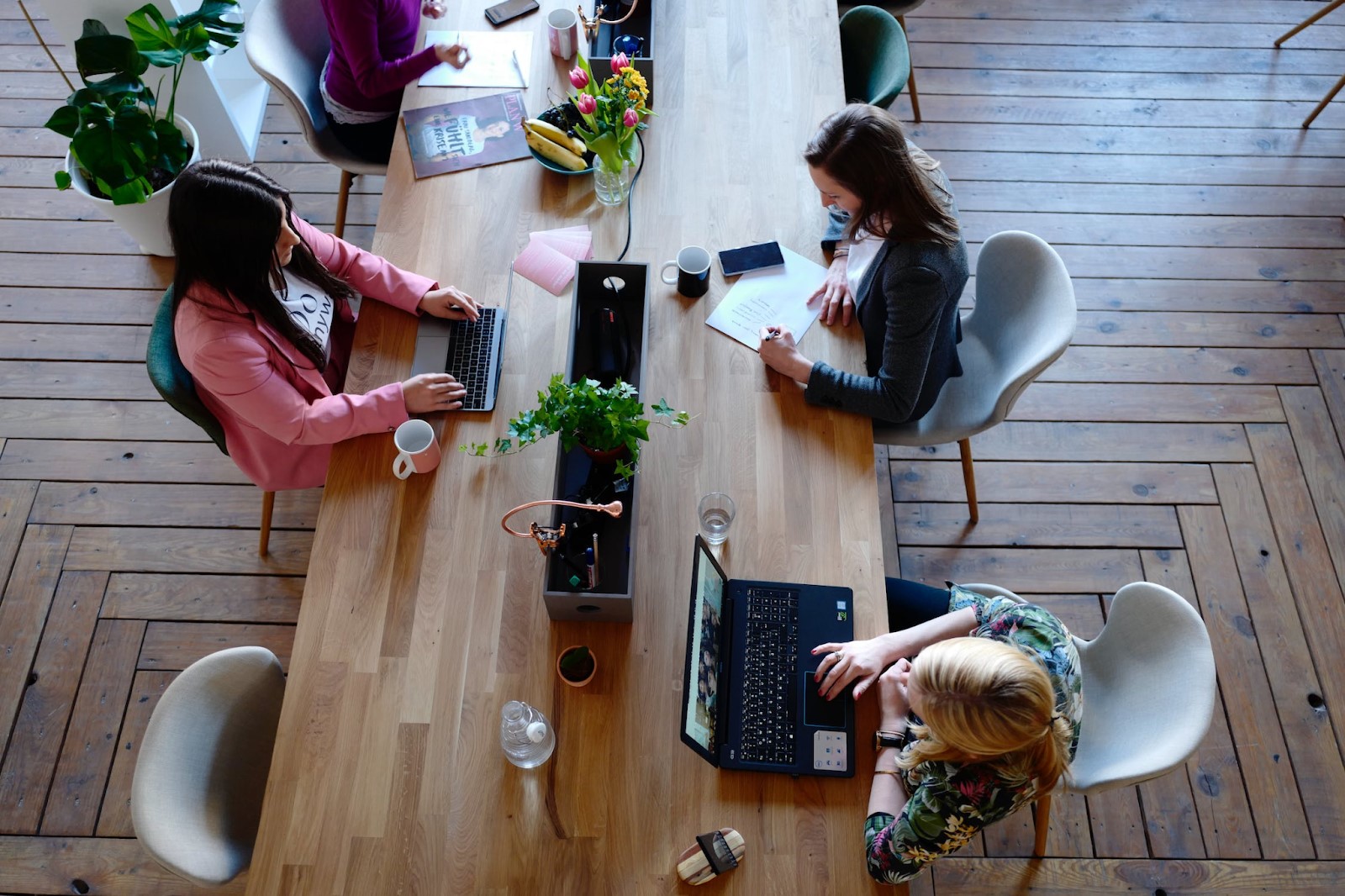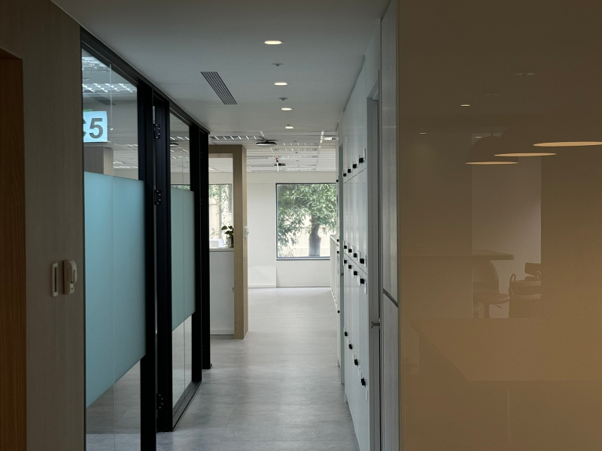Open office design: how to choose a working environment? The 4 major advantages and disadvantages of open offices are revealed!
Before choosing a job, many young office workers today have different expectations and preferences for the working environment in addition to salary and corporate atmosphere. The working environment and office configuration have gradually become one of the multiple factors for office workers to choose a company to work for. Among them, "openness" "Office style office design" is also the open style that many enterprises and companies have chosen when decorating in recent years. What are the advantages and disadvantages of open offices? This article will take you to explore them one by one!
What is an open office design? 4 major features take you 1 minute to understand the benefits of an open office
open space design
Open office design emphasizes openness, ventilation and natural light. Usually, a large number of glass walls, large windows and simple colors and soft furnishings similar to the brand tone are used in the design to promote visual connection and improve the brightness of the working environment.
no fixed compartments
Open offices have few of the cubicles, partitions or fixed cubicles of traditional desks. This kind of design can promote communication, cooperation and teamwork among colleagues, and the space feels more dynamic, flexible and not dull.
shared workspace
Work environments often feature shared work areas, which may include non-fixed seating such as extra long tables, work islands, open workstations, etc. These areas are usually equipped with basic office furniture and equipment, such as sofa areas, refrigerators, massage chairs, or open counters, which allow personnel to prepare simple meals during lunch breaks.
Flexible and adjustable space
Open office design is often a process of constant evolution and improvement, as the space is open and transparent and can be adjusted and optimized based on employee feedback and work needs.
Disadvantages of an open office
Although open-plan offices are a favorite style of many young office workers today, open-plan offices still have several disadvantages. This article also provides a reference for bosses and designers who want to re-create their office space.!
Social distractions, difficulty concentrating
Although it is mentioned above that open offices can promote communication and cooperation among colleagues, they can sometimes lead to social distractions when the work requires deep thinking and inspirational focused work tasks (for example: graphic designers, advertising planning specialists, animation designers , front-end and back-end engineers, editors, etc.) may be disturbed by colleagues' conversations, discussions or activities, making it more difficult for personnel to complete their work and causing low productivity.
lack of privacy
Due to the lack of partitions and fixed office spaces in the open space, employees may feel a lack of privacy or a familiar sense of security. This may cause inconvenience for some jobs involving sensitive content or requiring concentrated thinking.
lack of belonging
Because the seats in the open office are not fixed and there are no partitions, it may not be friendly to some workers with more introverted personalities. Although the open office can save space costs, because there is no fixed small space, you can raise what you like. Plants, favorite postcards, landscape photos, etc. also give the office space a sense of belonging.
Office configuration: In response to the shortcomings of open offices, the "hybrid office space" arises spontaneously
Based on the advantages and disadvantages of open-plan offices mentioned above, brands can evaluate whether open-plan offices are suitable for them based on their corporate style and the attributes of the products or services they mainly supply. But in fact, it is not so absolute. In response to the shortcomings of open offices, the "hybrid office space" style has emerged in recent years.
What is hybrid office space?
Hybrid office space combines the advantages of open and fixed office spaces to meet different working styles and needs. It not only has a fixed private office space, but also maintains an open and bright communication environment, and also provides a variety of work areas to meet Employees' different needs and working styles improve personnel's work efficiency and productivity.

Hybrid office space case
In the past, B-studio has assistedTaiwan DentsuDesign office. Considering the importance of "creativity" and "communication and interaction" to advertising companies, in the case of Dentsu, it is particularly necessary to create:
client meeting;
employee communication;
Brainstorming meeting space
The atmosphere of these three important spaces.
Therefore, B-studio deliberately creates many spatial nodes and corners where everyone can stay, talk, and collide, while also maintaining a fixed seat for each employee.
Because advertising-related work requires high concentration, high efficiency, and high teamwork, there are fixed and private working spaces, as well as most open common communication spaces and conference rooms.
How do I choose my office style? B-studio’s professional planning team helps brands create exclusive workspace designs
Don’t you know how to choose the right office space? B-studio has many years of experience in space planning, creating unique spaces for brands and creating maximum possibilities. If you don’t know how to start planning for idle space? welcomeConsult B-studioGet a professional assessment and space needs planning!


